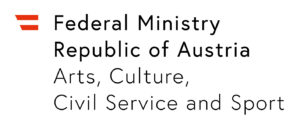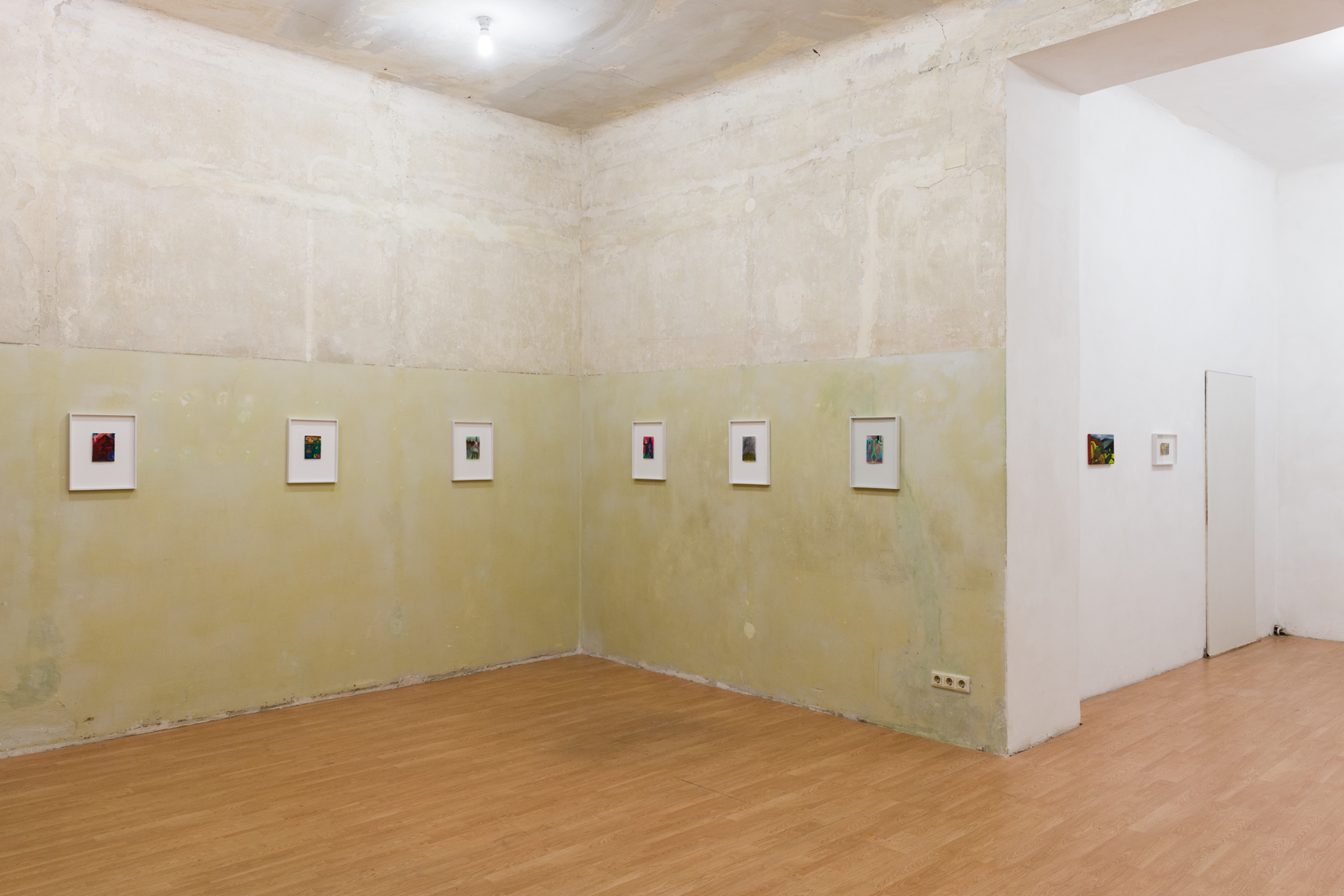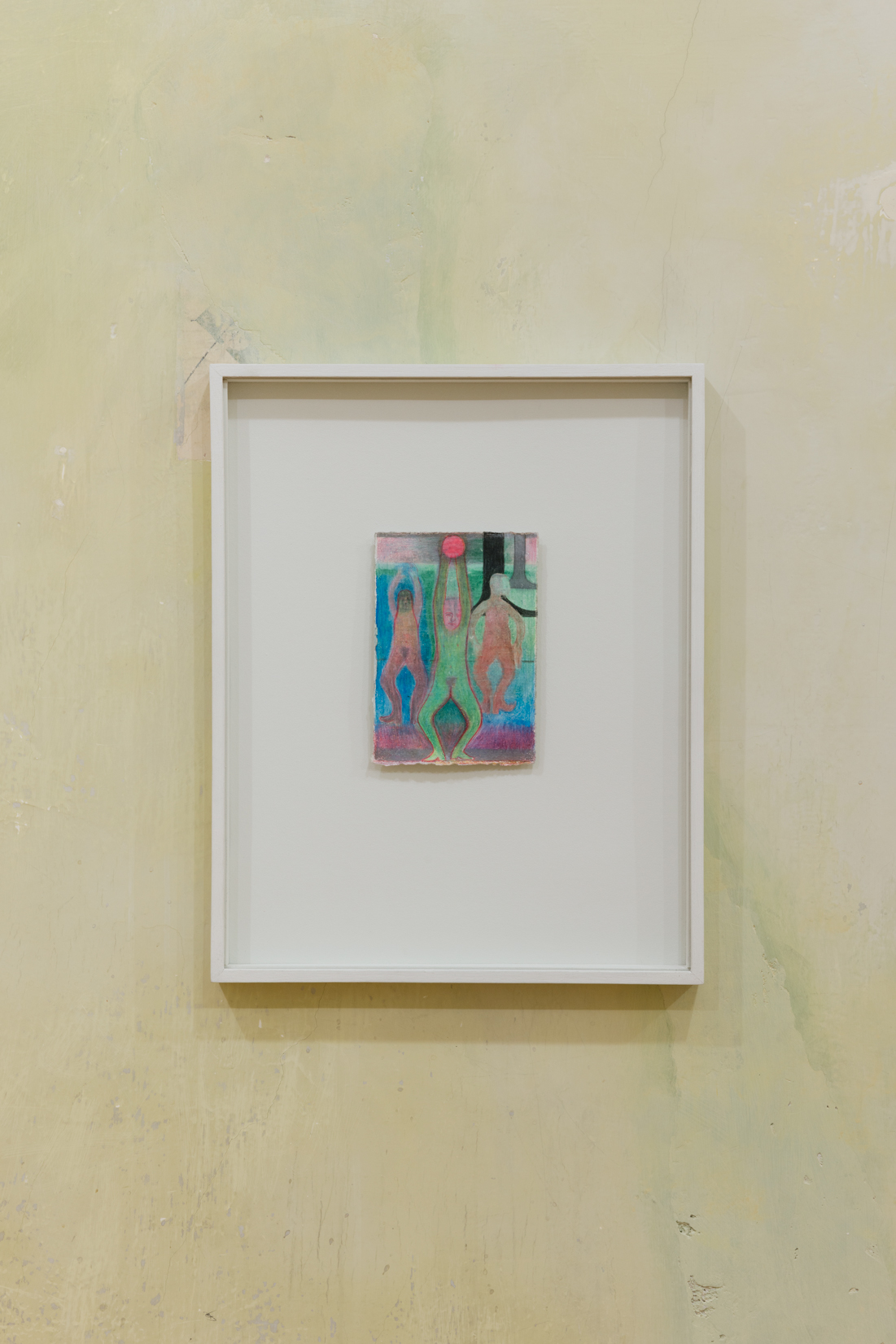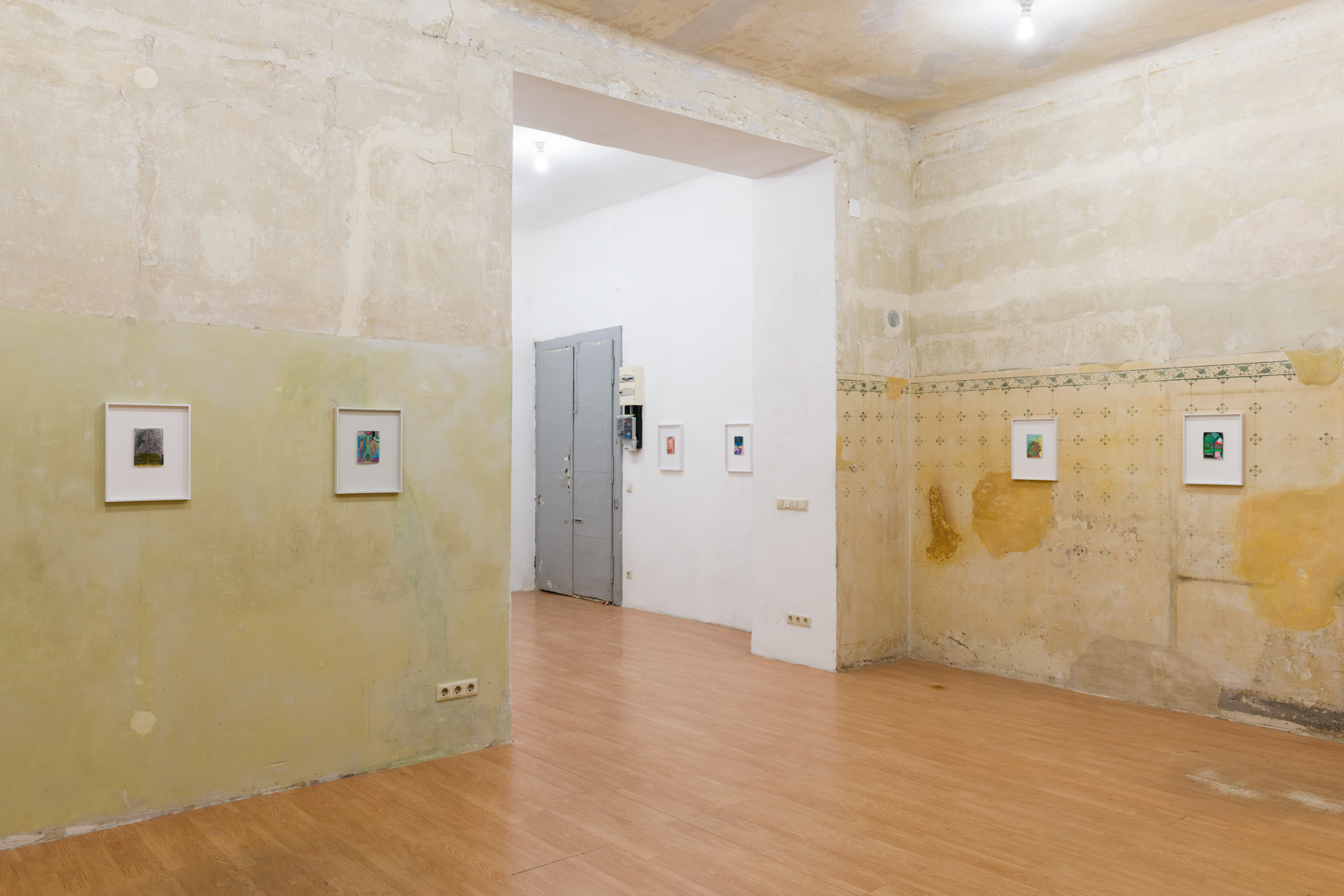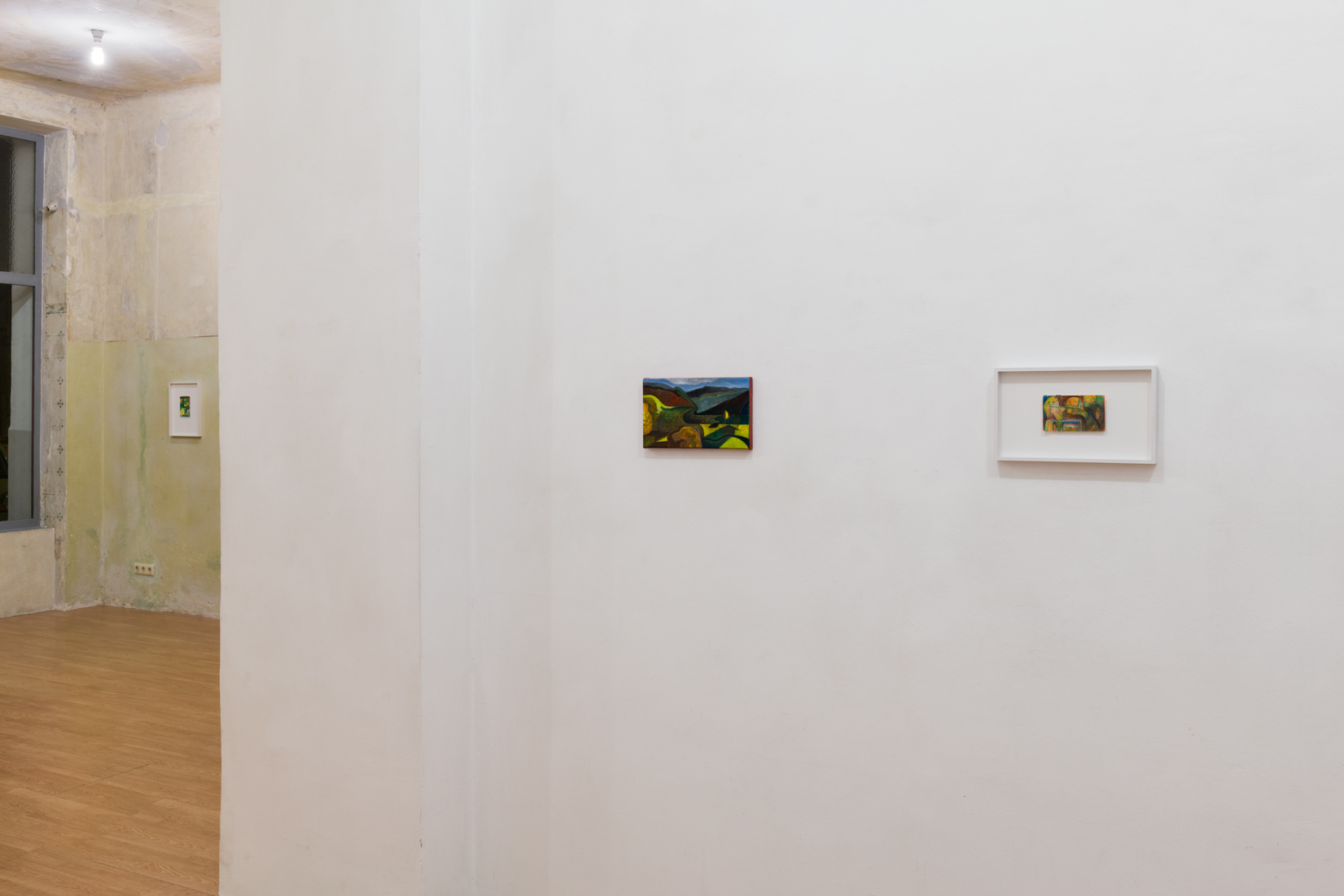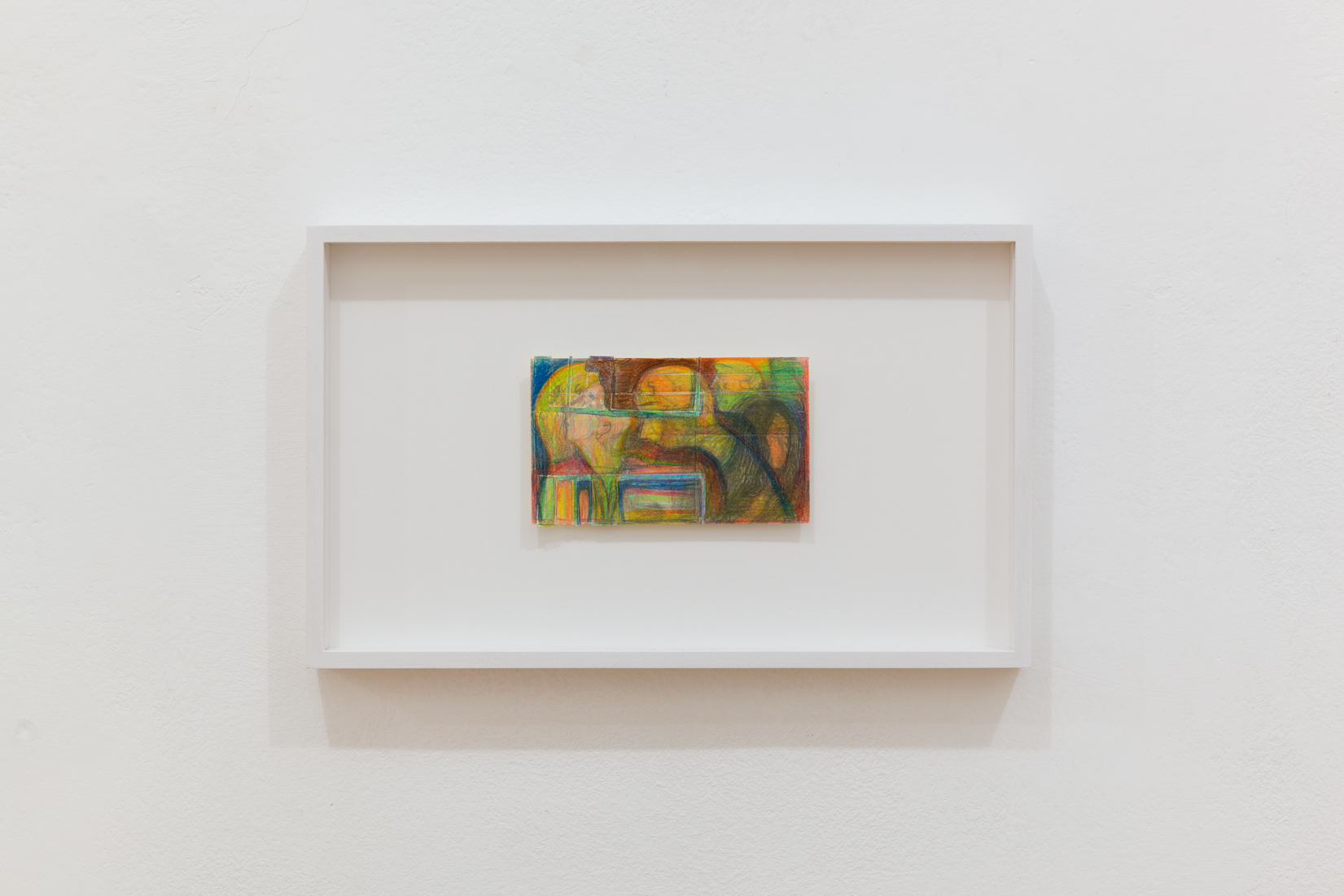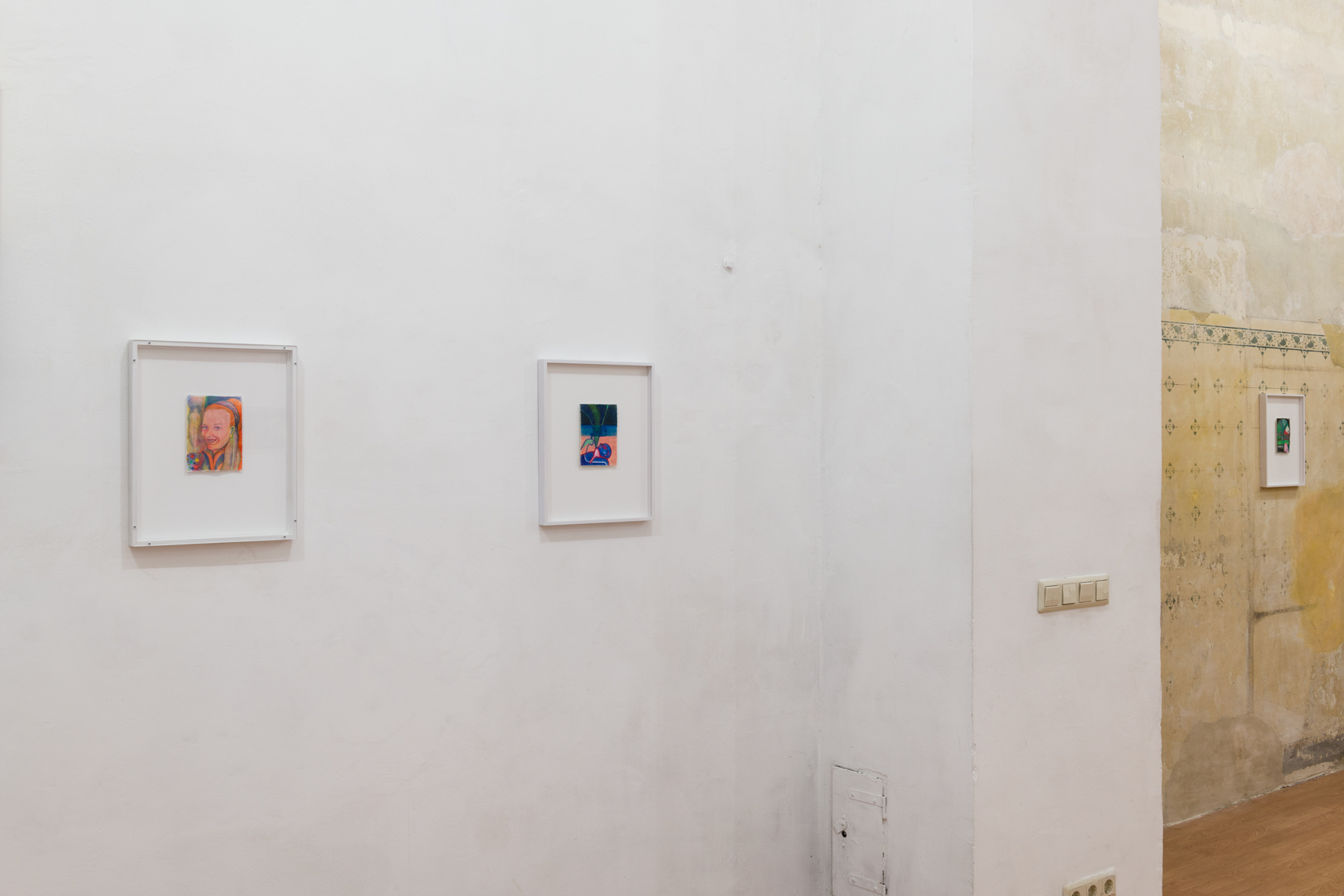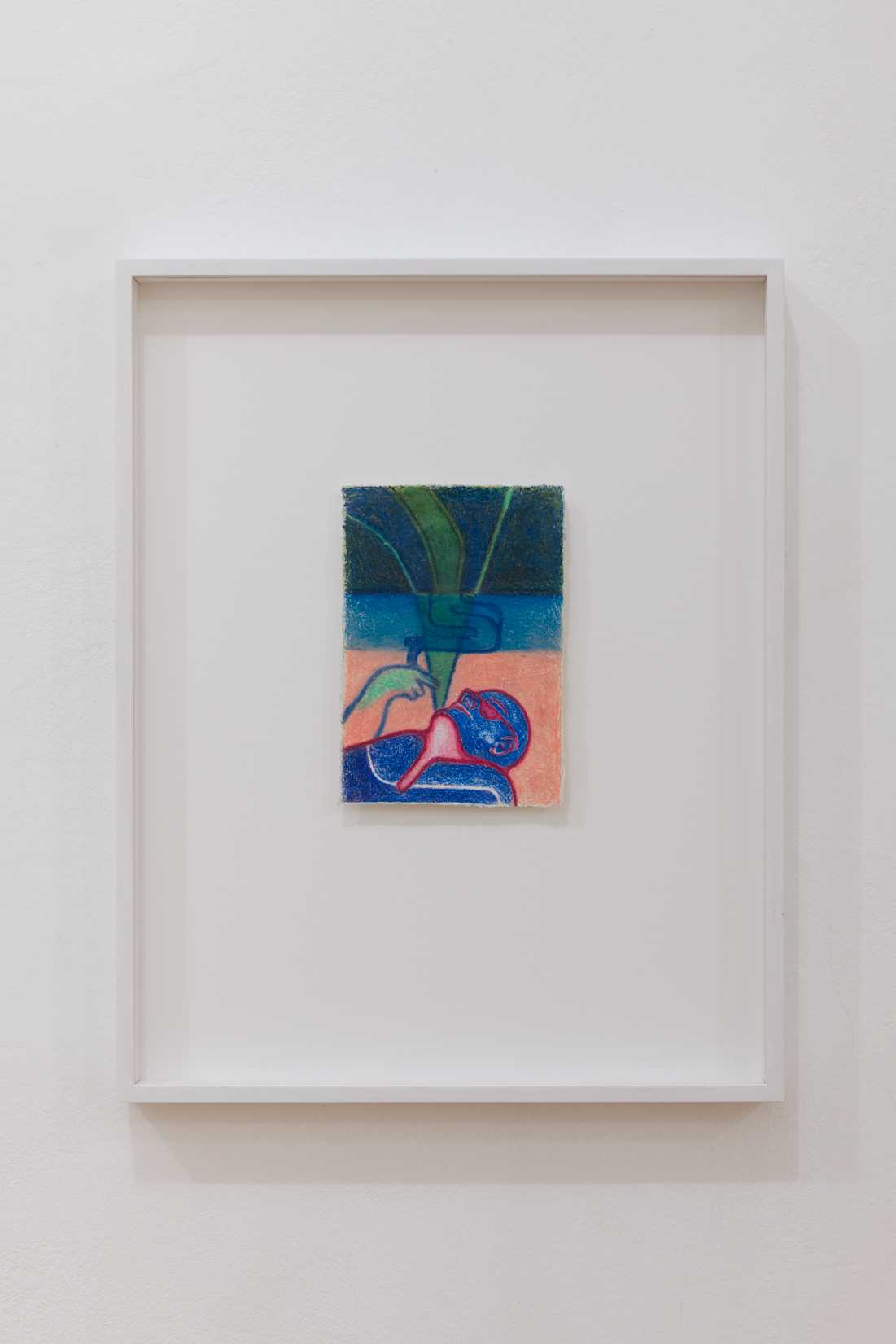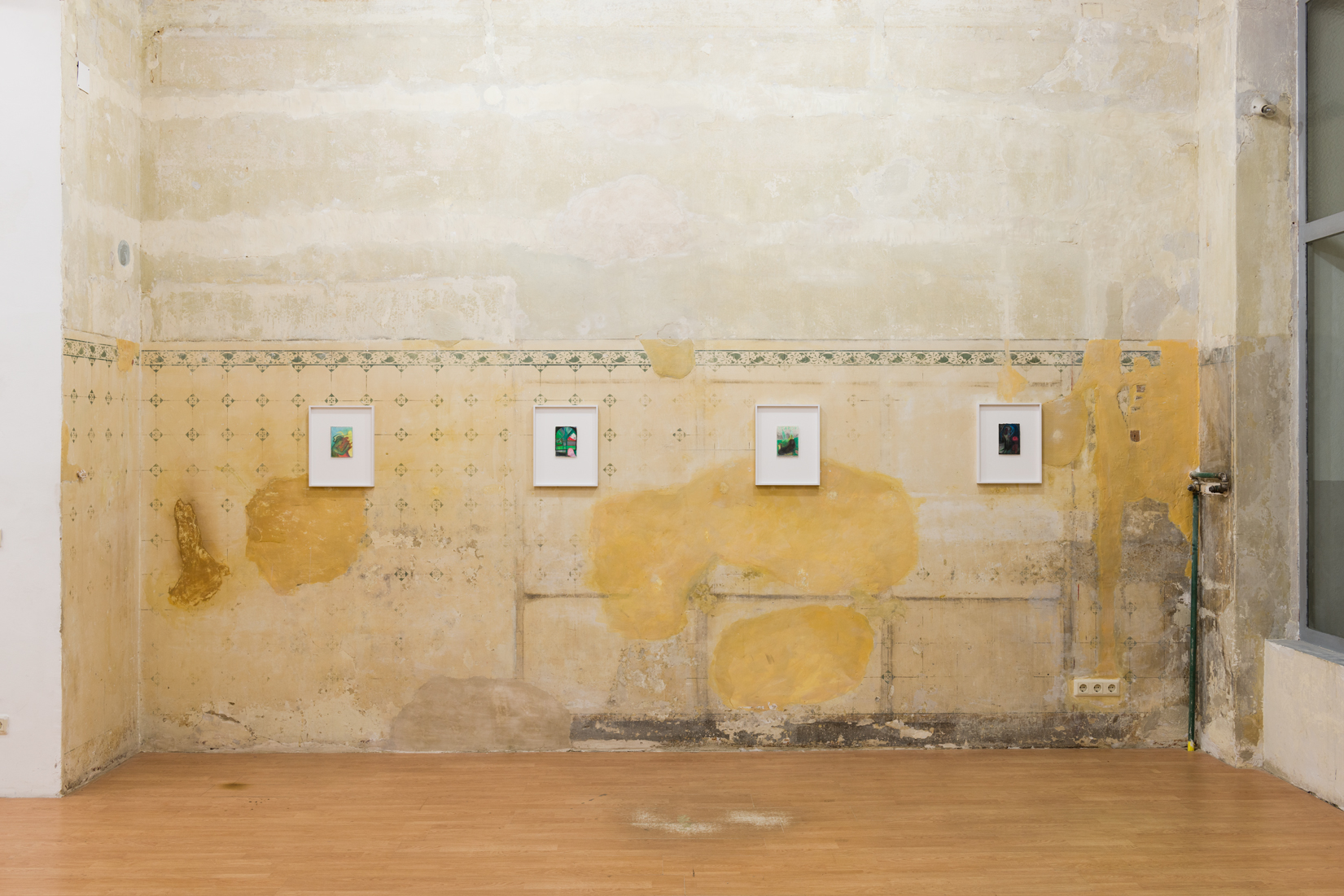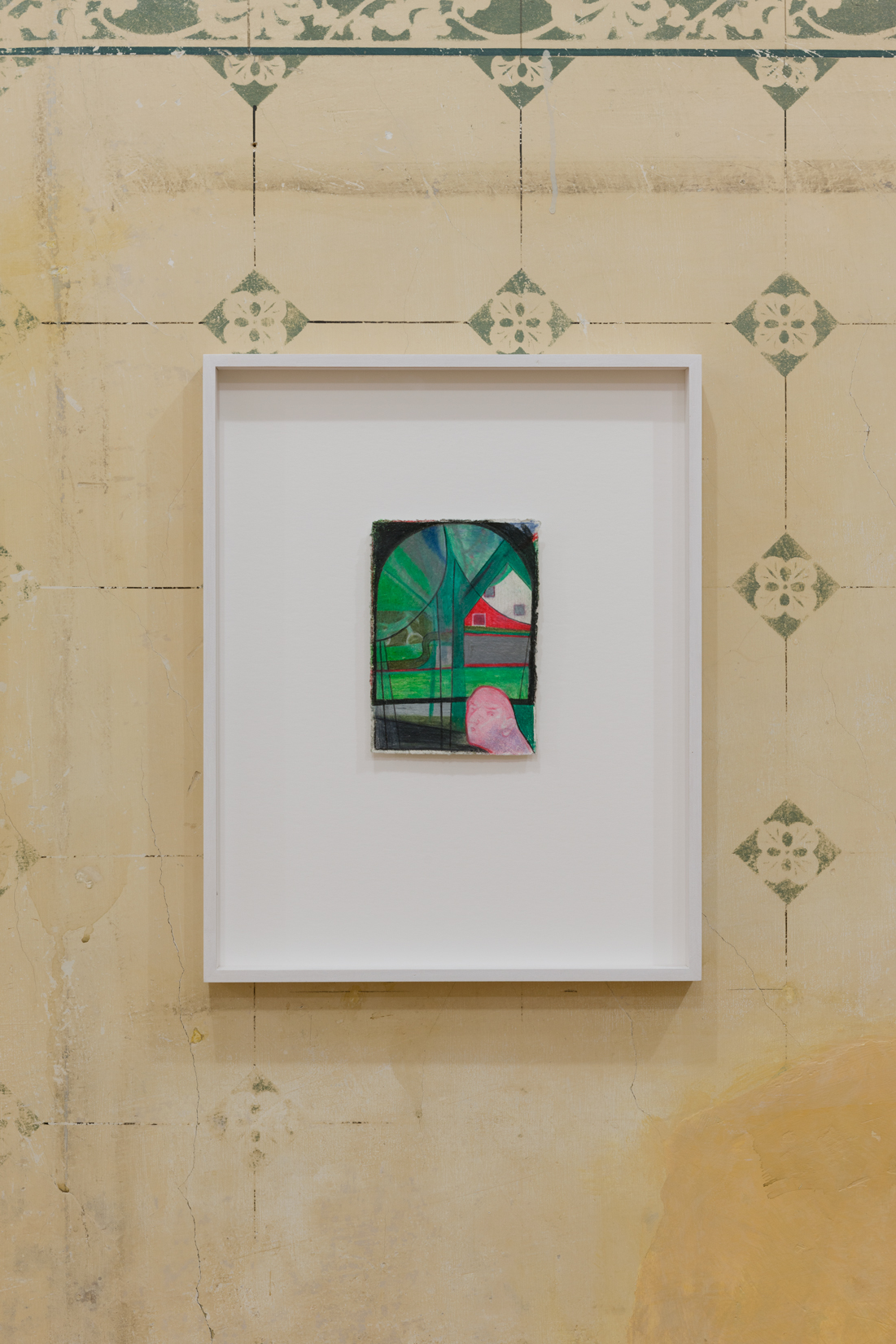Jorinna Girschik
Jorinna Girschik
Klassenkamerad Alain
17 -31 October 2023
Opening on the 17th of October at 6 pm till 9 pm!
Ich nehme an, dass die Zeichnung einer Vorstellung entspricht, dass sie eine Idee abbildet. Die Zeichnung selbst ist eine Linie auf Untergrund. Am Papier hat sie ein Eigenleben. Dort ist die Linie entkoppelt von der Vorstellung jener Person, die sie einmal gesetzt hat. Die Zeichnerin reagiert auf die Linie, sie folgt ihr und sie unterbricht sie. Sie folgt ihrer Vorstellung und bricht mit ihr.
Die Linie kann am Papier weder aufgehoben noch verdeckt werden. Sie ist final. Um das Geschehen weiter zu bearbeiten, bleibt der Zeichnerin bloß die Möglichkeit eine neue Linie hinzuzufügen. Die beiden Linien bilden nun eine Form. Auf eine folgt unmittelbar die nächste. In der Zeichnung von Jorinna Girschik entsteht dadurch eine Vielzahl an möglichen Bildern; ein Rowdy, ein Verlegener, eine Sphinx ohne Beine, eine Freundin (Luisa, Daphne, sie selbst), ein Missgeschick, ein Wettrennen, ein Stillleben, eine Eifersucht im Wald.
Bekanntlich ist der Platz am Papier endlich und so reihen sich die Geschehen der Zeichnung aneinander, anstatt sich zu überlagern. Im Malen trägt sie eine Schicht Farbe nach der anderen auf. Eine Form verdeckt die andere. Das fortwährende Auftragen von Farbe ermöglicht der Malerin auf ein und demselben Untergrund immer wieder neue Konstellationen von Formen entstehen zu lassen; ein Rowdy ohne Beine, vor einer Freundin (Luisa, Daphne, sie selbst), vor einer Eifersucht im Wald, vor einem Wettrennen, vor einem Missgeschick, vor einem Verlegenen, vor einem Stillleben, vor einer Sphinx, und wieder von vorne.
Die Malerin überlegt das Bild immer weiter und nähert sich im Schichten von Farbe ihrer eigenen Idee an. Durch das Verdecken von bestimmten Formen entscheidet sie, welches Geschehen sichtbar werden soll, welches vergangen ist. Sie schließt einen Vorhang, um das nächste Bild zu zeigen. Eine Vorstellung folgt der nächsten und keine ist jemals final.
Text: Ursula Pokorny
I assume that a drawing corresponds with an image, that it illustrates an idea. The drawing itself is a line on a ground. On the paper, it has an independent existence. There, the line is detached from the image the person, who once drew it, had. The drawer reacts to the line, she follows and interrupts it. She follows her imagination, and yet breaks with it. On paper, the line can neither be unmade nor covered. It is final. To continue working on the plot the drawer has only the option to add a new line. The two lines now form a shape. One is immediately followed by the next. In Jorinna Girschik’s drawing, this creates a multitude of possible images: a rowdy, a sheepish figure, a legless sphinx, a friend (Luise, Daphne, herself), a mishap, a race, a still life, jealousy in the woods.As is known, space of a sheet of paper is finite, thus, the drawing’s plots are lined up rather than layered. When painting, she applies one layer of colour at a time. One shape covers another. The continuous application of paint to the same ground allows the artist to create always new constellations of shapes: a legless rowdy in front of a friend (Luise, Daphne, herself), in front of jealousy in the woods, in front of a race, in front of a mishap, in front of a sheepish figure, in front of a still life, in front of a sphinx, repeat.The painter considers the image on and on, and, with each layer of paint she brings it more into line with her own idea. By covering certain shapes, she decides, which plot should be visible, which is over. She draws a curtain to show the next picture. One image follows the next, and none is ever final.
Text: Ursula Pokorny
Translation: Janet Pacher
Opening hours during the exhibition:
Friday from 5 – 9pm
…or by any appointment!
Contact:
Marxergasse 16
A-1030 Wien
email: fox(at)udobohnenberger.com
With the kind support of:
![]()
